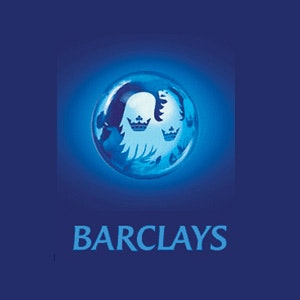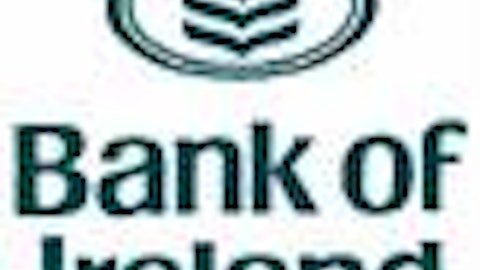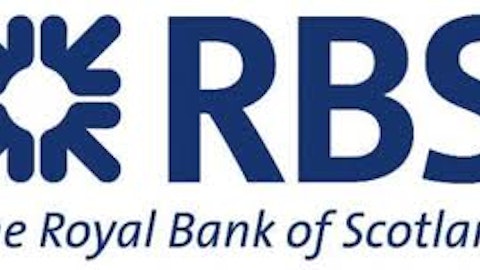Monday was busy for Barclays PLC (ADR) (NYSE:BCS). The U.K. makes all kinds of fun demands, and it recently came to light that one of those demands was for much, much more capital than Barclays PLC (ADR) (NYSE:BCS) currently has on hand. When I say “more,” I of course mean £7 billion more. Yesterday, the bank announced that it would be looking to raise the capital through a new share offering, and today it announced that that offering would be for £5.8 billion.

Barclays PLC (ADR) (NYSE:BCS) also found out that the U.K. may have finally hit the peak for claims against banks based on misselling of payment protection insurance (PPI), a scandal that has caused U.K. banks to set aside £14 billion for potential damages. Barclays PLC (ADR) (NYSE:BCS) has reportedly set aside £2.6 billion, which isn’t helping that capital ratio.
Problem with a capital “P”
The biggest issue facing Barclays PLC (ADR) (NYSE:BCS) is its capital shortage. All U.K. banks are facing the same measures, but some have managed to get their houses in even worse order. Analysts have estimated that Deutsche Bank AG (USA) (NYSE:DB) is about 12.3 billion euros shy of its requirement and is going to have to either raise capital or cut down the size of its balance sheet to make the minimum requirements.
For British banks, capital requirements have become a touchy subject. The shortfall that banks are experiencing has led some to lobby regulators for lower capital requirements, and has some politicians claiming that high requirements are holding the country back. The theory is that the banks have been unwilling to lend since the capital they have on hand is needed to bulk out their assets.
Barclays PLC (ADR) (NYSE:BCS) fell into the capital shortfall trap along with Royal Bank of Scotland Group plc (ADR) (NYSE:RBS) and Lloyds Banking Group PLC (ADR) (NYSE:LYG). Lloyds, especially, is going to be watching how smoothly Barclays’ new issuance goes. The bank reported stronger than expected earnings last week, and the success has opened up the possibility that the U.K. government may be able to start selling off its stake. The Barclays’ issuance could provide a good temperature check of the market, and help move that action along.
The next steps for Barclays
With so much up in the air, it’s no surprise that Barclays shares are bouncing around. The newest fundraising news hit the markets hard, and the stock has fallen more than 10% this week. CEO Antony Jenkins is still hopeful, though, and believes that once the capital has been raised to meet the June 2014 deadline, things should begin growing again. He has also said that some of the damage to the share prices of Barclays, Lloyds Banking Group PLC (ADR) (NYSE:LYG), and other U.K. banks comes from the uncertainty around the future of regulation. His hope is that with this round of fundraising, those issues will begin to be resolved, helping lift stock prices.
Overall, there is still clearly risk in investing in Barclays. The bank has committed to increasing its dividend in order to make the newly issued shares more palatable, but that raises the risk that Barclays won’t be able to hold on to as much capital in the future — or that it has to renege on its dividend commitment. I still like Jenkins and the plan he has for Barclays, but things just refuse to settle down into a new normal. Until they do, I’ll be nervous.
The article Barclays Looks for a Path Out of the Murk originally appeared on Fool.com and is written by Andrew Marder.
Fool contributor Andrew Marder owns shares of Barclays. The Motley Fool has no position in any of the stocks mentioned.
Copyright © 1995 – 2013 The Motley Fool, LLC. All rights reserved. The Motley Fool has a disclosure policy.





